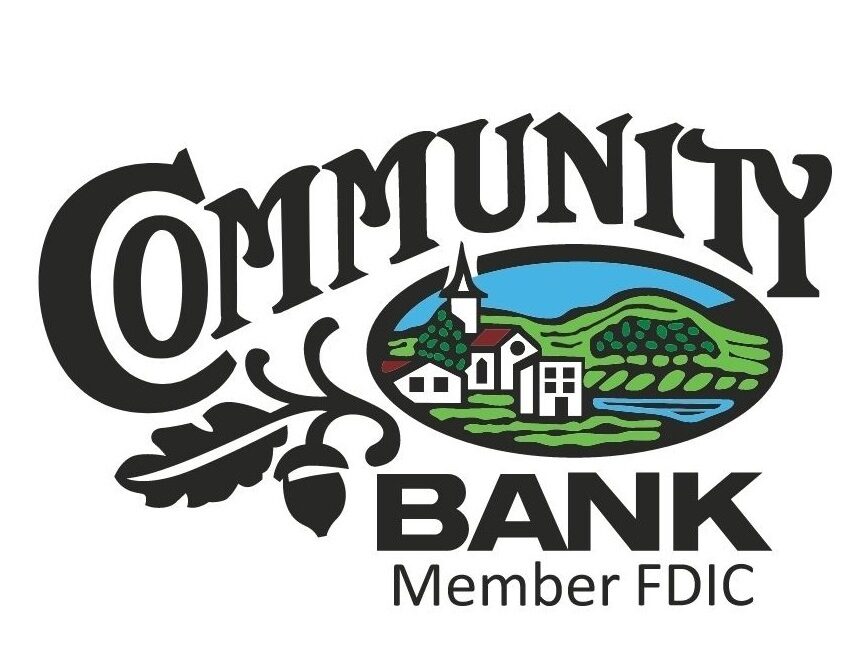Security – Be Safe Online
There are a few steps you can take to protect yourself online to reduce identity theft in addition to fraud. Below are links to government websites and resources concerning online identity theft.
- FDIC
- Federal Trade Commission – Identity Theft Resources
- IRS Identity Theft Resources
- OnGuardOnline.gov
- US Department of Justice
Community Bank works closely with our card processors to monitor for fraud by watching for any activity that deviates from your customary spending patterns. We use several monitoring tools to locate fraud trends. We act quickly if any suspicious activity appears on your account to stop or reduce loss; in addition, reported merchant data breaches are also monitored. Despite the temptation, don’t tuck that unopened monthly statement in a drawer. Take a few minutes to review your statement and keep in mind that fraud peaks during holiday seasons.
We advise you to monitor your accounts closely and use your debit or credit card only with merchants you trust. Because customer service is our highest priority, we’ll always monitor transactions closely in an attempt to identify those that might be fraudulent.
We block certain data breaches so if you experience the blocking of a legitimate transaction, notify us right away. In the meantime, if you believe your account has been compromised, we may proactively contact you and issue a new card(s).
Contact us immediately if you see any suspicious activity or unauthorized purchases.
They’re phishing for you. DON’T BITE!

ALERT! Phishing is when criminals send what appears to be a legitimate e-mail to customers requesting information – often pretending to be from the bank. They’ll attempt to steal your personal information by asking you to confirm your account number, PIN, passwords, social security number, and other confidential information. We store your information safely stored at the bank. Never email us or anyone else your account numbers, PINs, passwords, or any other private information.
Let us know immediately if you receive or think you received a phishing attempt.
 FDIC-Insured - Backed by the full faith and credit of the U.S. Government
FDIC-Insured - Backed by the full faith and credit of the U.S. Government

